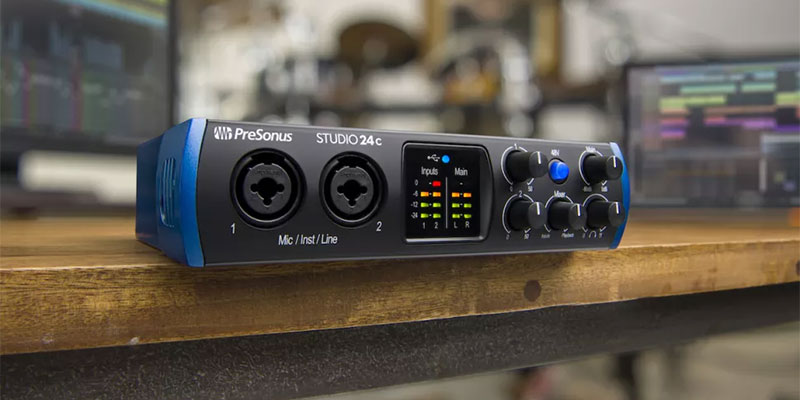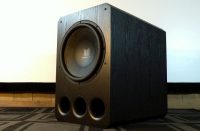Many factors contribute to the overall sound quality of a recording. While the performance, composition, and production all play important roles, the audio interface is one of the most critical pieces of equipment for capturing high-quality sound. In this article, we’ll look at how audio interfaces work and what features to look for when shopping for one. We’ll also discuss some of the different audio interfaces available on the market today. So, whether you’re a musician, producer, or just someone who wants to understand better how audio works, read on!
Do better audio interfaces affect sound quality?
When you’re recording audio, the quality of your interface is key. But does that quality affect the sound itself? We’ll look at some of the top audio interfaces on the market and see how they measure up. We’ll also explore how different types of interfaces can affect your recordings. By understanding what does an audio interface do, you can make better choices when capturing your music or voice.
With the proliferation of interfaces with low latencies and high numbers of the ins and outs, it is possible to build near-instantaneous recording chains that are sometimes only limited by the speed of sound itself. There are some physical reasons why lightning-fast signal transfer between devices in an audio setup will necessarily affect the fidelity of that system’s output. I wanted to take a look at some common workflows involving large numbers of boxes being slung together by digital snakes or long USB cables to see if they have any adverse effects on performance.

How to choose the right audio interface for your needs?
When you start a home recording studio, the first piece of equipment you’ll need is an audio interface. It’s the device that your microphone and instruments will connect to, and it’s responsible for translating those signals into digital ones your computer can understand. So, how do you choose the right audio interface for your needs? First, let’s take a look.
As you probably know, there’s a wide range of options when choosing an audio interface. Several manufacturers release new interfaces every year with different features and price points. This can make it challenging to choose the right one for your needs because you need to check every option available on the market. Before buying one, you also need to consider all aspects: number of inputs/outputs, preamps quality, technical specs, etc. For example, if you’re into recording vocals or guitars – you’ll want an interface with high-quality preamps so your recordings don’t have noise.






